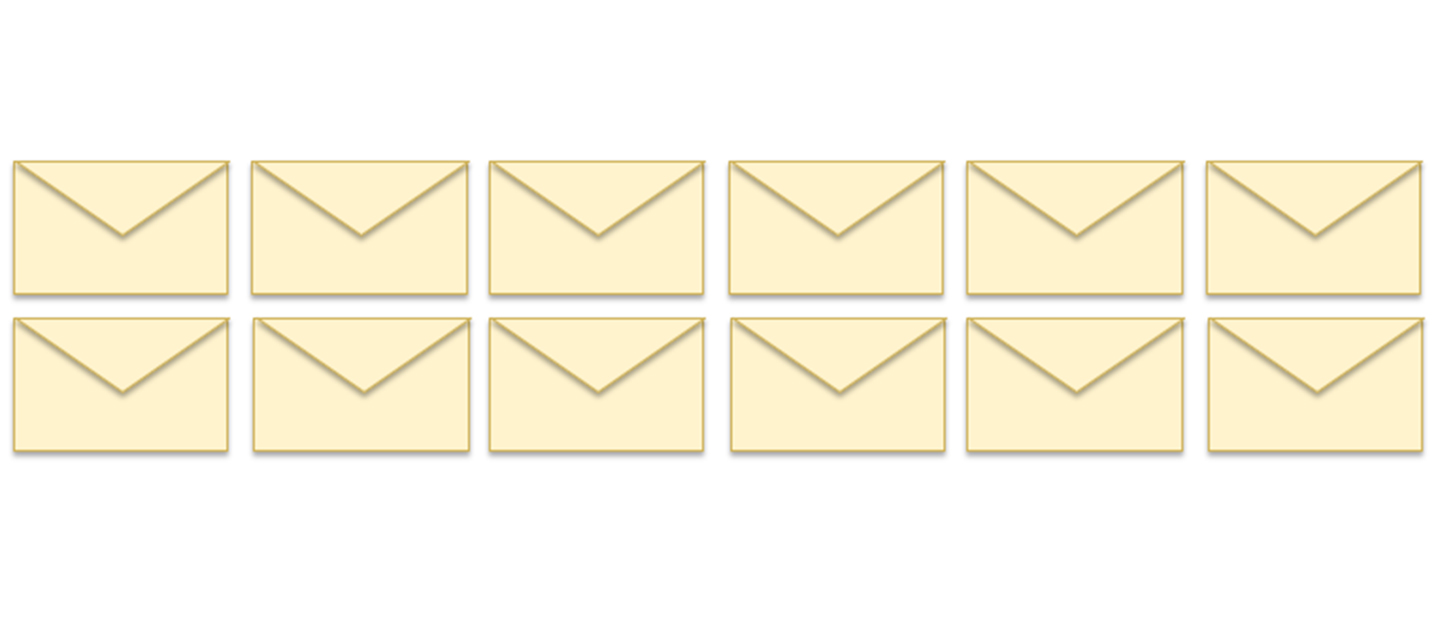Center for Excellence in Teaching and Learning
Kresge Library, Room 430
100 Library Drive
Rochester,
Michigan
48309-4479
(location map)
(248) 370-2751
[email protected]

Tips on Emailing a Professor
CETL Learning Tips are written for a student audience.
The task of emailing a professor can be daunting, especially the first time you do it. Using the appropriate language, content and structure can be tricky until you get the hang of it, but learning how to properly email a professor is key to your academic success. It can lead to helpful paper feedback, letters of recommendation, and many opportunities you aren’t aware of yet.
There are many ways to compose more effective and appropriate emails to your professors, but here are five good ways to start (which are also demonstrated in the example template).
How to Write an Email to Your Professor
1. Use an informative subject header.
Include a subject that informs the professor what the email is about before they read through it more closely (it helps to start with the course number). Keep your professor’s time in mind when composing an email, as you don’t want them to have to search for what you are asking them. A proper subject line takes away the mystery.
- “BIO 2000: Question about research paper due Oct. 25.
- “COM 2405: Question about group presentation #1”
2. Address with titles and greetings.
Start off with a friendly salutation and use your professor’s appropriate title. Oftentimes, professors will establish how to address them either on the first day of class, on the syllabus, or in their email signatures or Moodle announcements. It’s always a good idea to err on the side of formal rather than informal if you are unsure, and check the syllabus for their degree (PhD and MD = Dr.).
- “Dear Dr. French, …”
- “Hello Professor Kapur, …”
3. When in doubt, use formal language.
Identify who you are and your relation to your professor right at the beginning. Giving context can be helpful for your professor when they are answering a question or helping with an issue. Keep in mind that emails to your professor should provide context to make it easier for them to help you.
- “My name is Joe Jebsen and I am in your WRT 1060 course that meets Tuesdays and Thursdays…”
- “My name is Carly Smith, we spoke on Monday after our HRD 1000 class and you asked that I email you my question about...”
4. Keep it short and simple.
While writing your email, keep in mind that your professors have many past and present students, and possibly several sections of the same course. Create a simple and concise message that gets your point across effectively so that your professor doesn’t have to hunt for the purpose.
Close out your message by thanking them for their time or help.
- “Thank you for your assistance.
Sincerely, …”
- “Thank you so much for your time.
Respectfully, …”
5. Remember to have reasonable expectations.
Professors are busy people with full schedules, many job responsibilities beyond teaching, and lives outside of the university, just like you. Allow 24 hours at the very least for them to respond before considering sending a follow-up “nudge” email, as these can come across negatively if sent too quickly. This means it is essential to be prepared--don’t wait until the last minute to ask for help.
Additionally, be sure to look through the syllabus or any class notes for the answer to your question before you email your professor.
Example Email Template
For even more email guidance, here is a standard example to visualize how an email to a professor might look. (Adapted from Laura Portwood-Stacer's template, published on Medium in 2016).
“Dear Professor/Dr. Last-Name,
This is a line that recognizes our common humanity.
I’m in your Class Name & 4-Digit Section Number that meets on These Days. This is my question or why I need help. I’ve checked on the syllabus and in my notes, I believe This Is The Answer, but I’m not quite sure. This is the action I would like you to take or how you can help me.
Signing off with a Thank You for your time/help is always a good idea,
Your First & Last Name”
Save and adapt a Google Doc version of this learning tip.
Written by Christina Quirk, a communications major at Oakland University and media & marketing assistant at the Center for Excellence in Teaching and Learning.
Others may share and adapt under Creative Commons License CC BY-NC . View all CETL Learning Tips .



